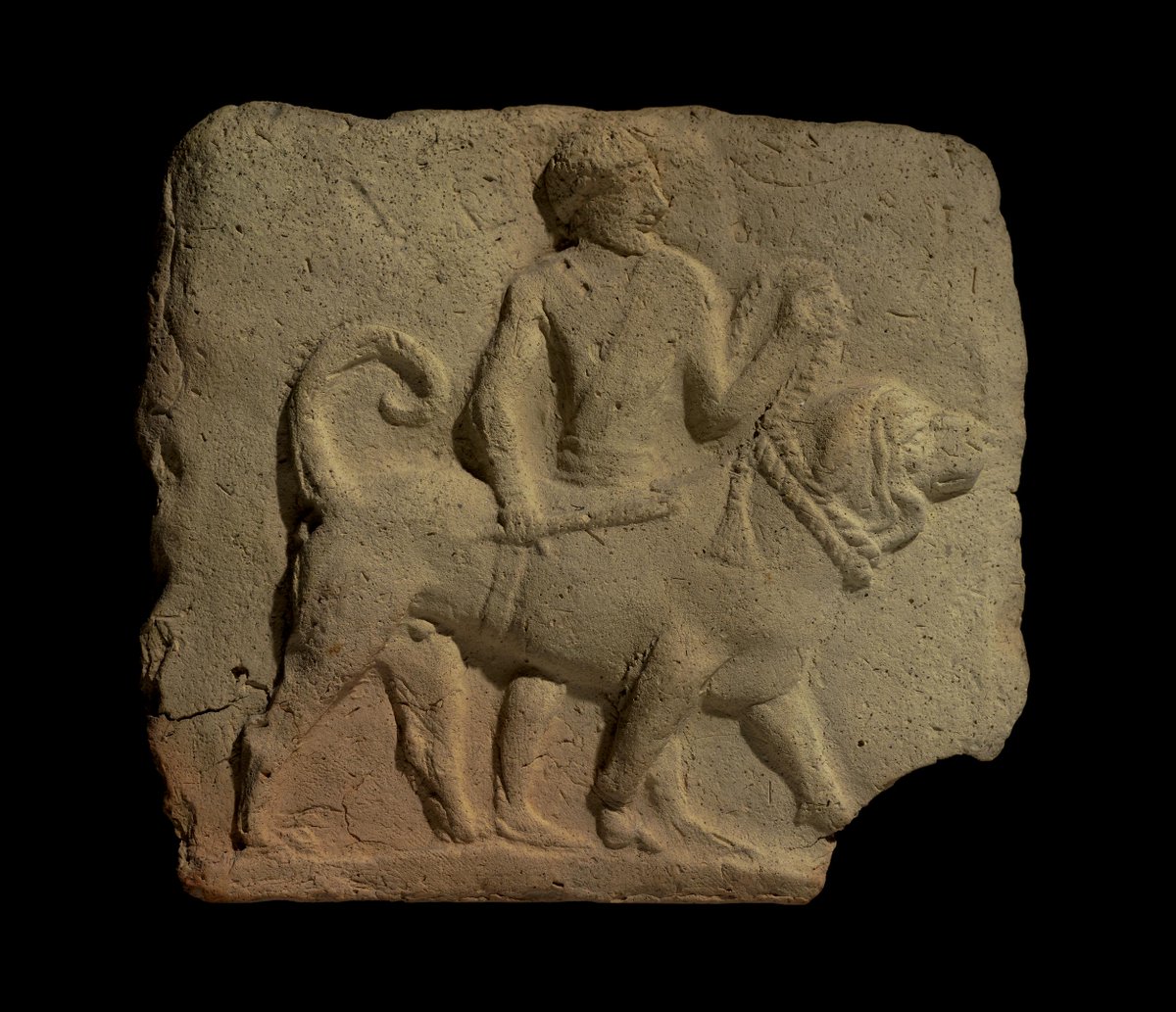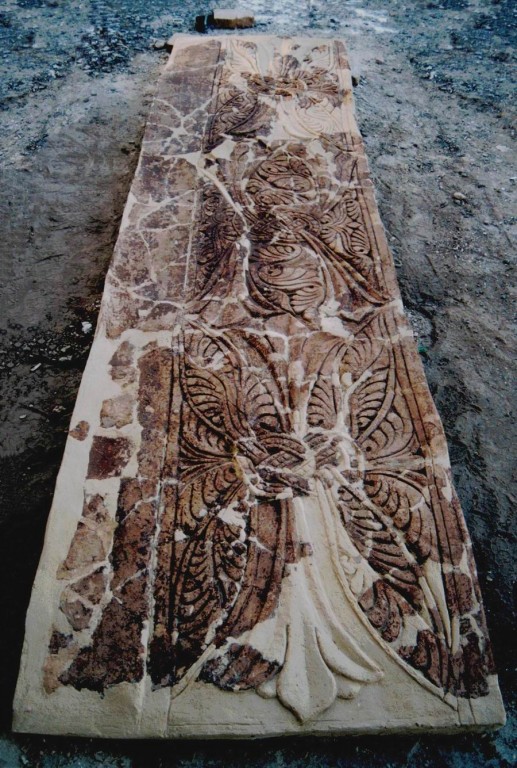Achaemenid Royal Audience Scene, inside shield of Persian soldier on so-called 'Alexander Sarcophagus'
4th C BCE, from Sidon, @ Istanbul Archaeology Museums, Photos: Fluorescent UV & Reconstruction
⤵️

4th C BCE, from Sidon, @ Istanbul Archaeology Museums, Photos: Fluorescent UV & Reconstruction
⤵️


An older drawing without some of the details (1);
There are parallels, precedents to #Achaemenid royal scenes in Assyrian, Elamite, other Near Eastern art. Drawing in photo 2 for example is likely of an older, Elamite seal which continued to be used in Achaemenid court
⤵️

There are parallels, precedents to #Achaemenid royal scenes in Assyrian, Elamite, other Near Eastern art. Drawing in photo 2 for example is likely of an older, Elamite seal which continued to be used in Achaemenid court
⤵️


We see examples of this royal audience scene @ Persepolis, here reconstructed from the fuller image @ Apadana, and another modern recreation @ Zinat al-Molk House
⤵️

⤵️


A more condensed version is also @ door jambs of the 100 Column Hall, Persepolis
Also see: Le roi imaginaire; An Audience with the Achaemenid King (2005), by Dr. Lindsay Allen @vastarchive among other papers on this subject
⤵️

Also see: Le roi imaginaire; An Audience with the Achaemenid King (2005), by Dr. Lindsay Allen @vastarchive among other papers on this subject
⤵️


The audience scene, in its more formal manner & also more informal, was used on seals & other media across the Achaemenid empire
See these examples, 4 now @ Buffalo
⤵️



See these examples, 4 now @ Buffalo
⤵️




The unprovenanced seal now @ Louvre shares some of the features and is of a royal woman in an "audience scene"
⤵️
⤵️

And the lower part of "funerary stele of Djedherbes from Saggara", now @ Cairo also shares some of the features, albeit in the less formal, banquet context and not the v formal royal audience scene. 



• • •
Missing some Tweet in this thread? You can try to
force a refresh

 Read on Twitter
Read on Twitter




































